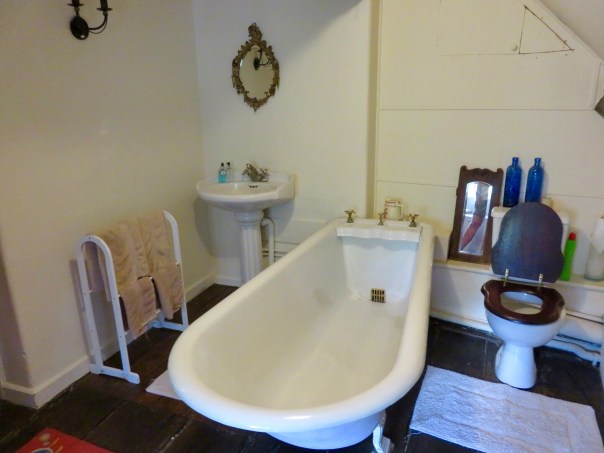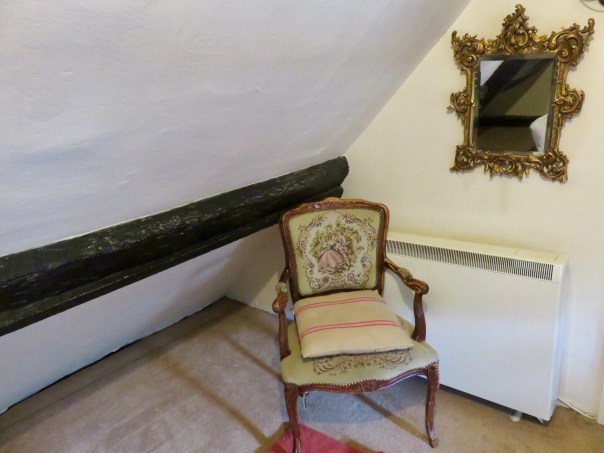July 23 – We have time for one more adventure before we leave England, so this morning we took the train for a one hour ride south from Bath to Salisbury.
Salisbury is a busy town, full of shops and pedestrians.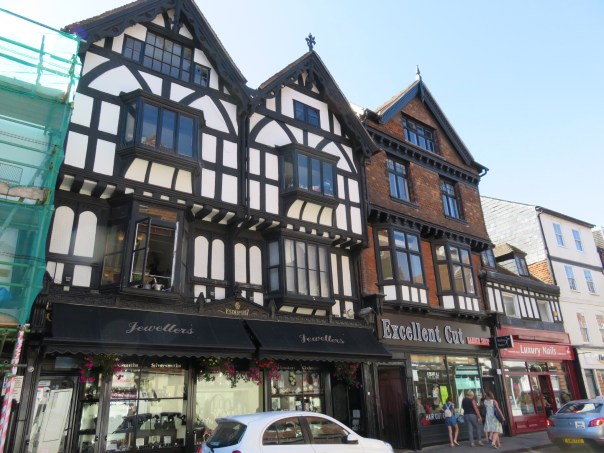

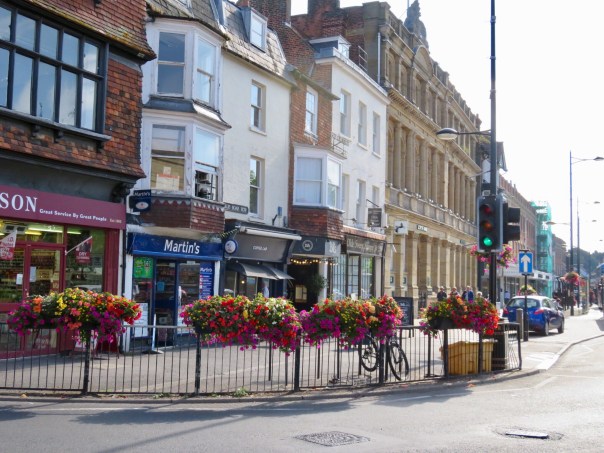
An old covered marketplace.
We dropped our packs at our hotel, and went off to find the big green bus to Stonehenge.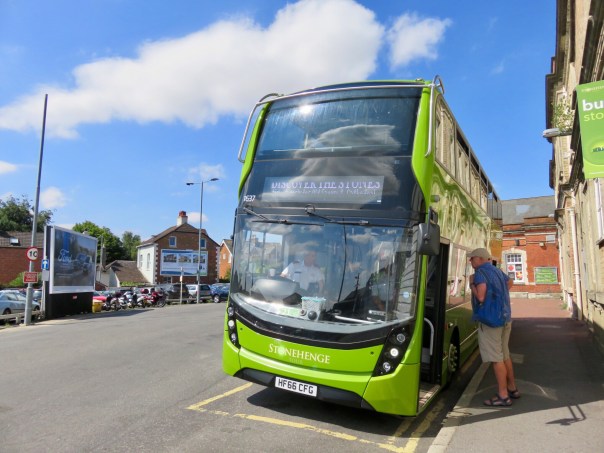
It takes about 30 minutes to get to the visitor center, which was mobbed with tourists of all nations on this Monday, the hottest day of the year (so far). Just like Disneyland, only with stones. It’s interesting that the visitor center is full of info about everything except what the heck Stonehenge was actually for. A mystery.
Here’s a skeleton found buried here, one of many, and what he may have looked like. I was impressed to learn that 4000 years ago, the diet of these dwellers included bread, beer and yogurt as well as meat, fruits and vegetables.
The Stonehenge stones are not local, and had to be moved here either by being dragged overland on logs or floated down the River Avon. No easy feat either way.
Here are what the dwellers huts may have looked like. Jim would have been a bit too tall to live here comfortably.
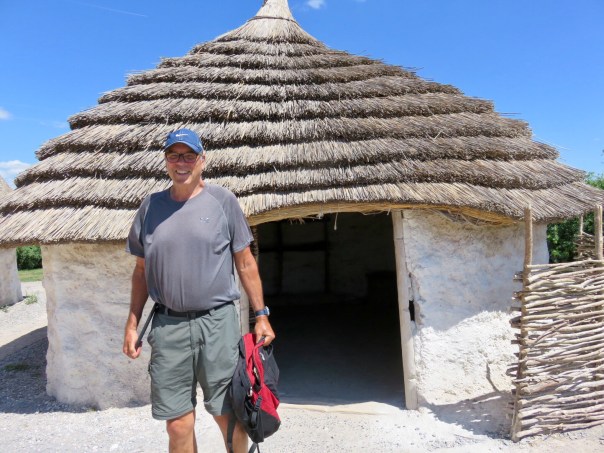
Then it was time to queue for another bus to go to the actual site. Lucky the Brits are good at queuing.
And here it is!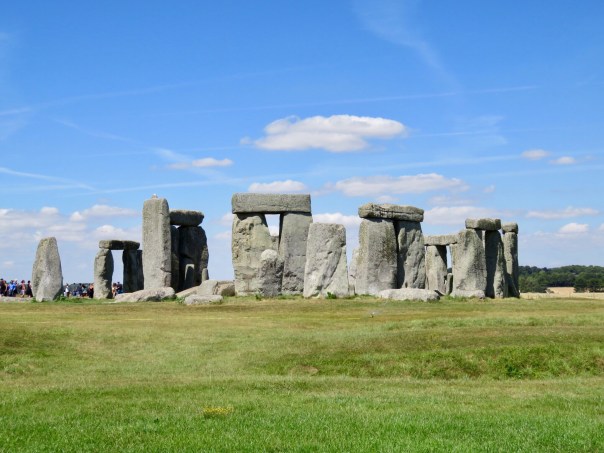
And here we are!
A Japanese man felt the need to stand on his head here.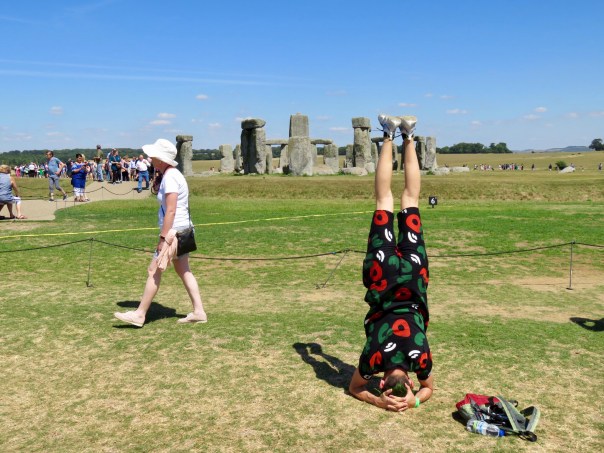
Here’s where the sun shines through the rocks on Midsummer’s sunrise and Midwinter’s sunset. The round rock in front is called the heel stone, and was probably there before the other rocks were moved in.
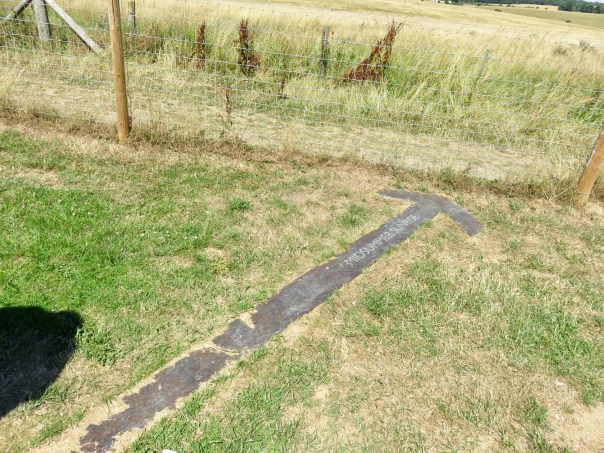
You can’t touch the stones, but can walk all the way around them.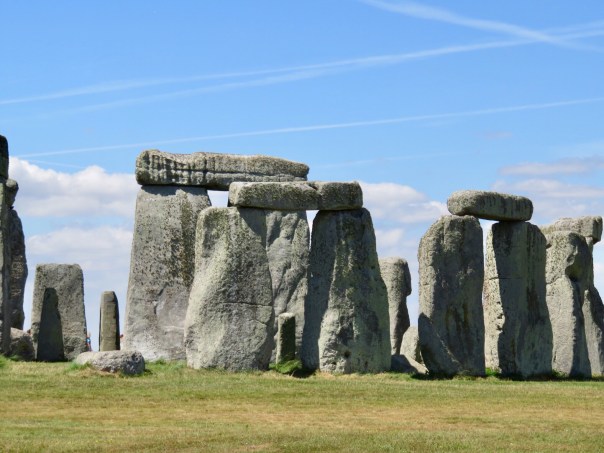

Burial barrows (tumuli) nearby.
Then we reversed the process, queuing for the shuttle bus and then again for the bus back to town. I wondered how I’d get a blog post out of a bunch of rocks, but there you have it. Glad we went!
July 24 – The other must do in Salisbury is the Salisbury Cathedral, an early English Gothic built in 1220. It has the tallest spire in Britain.

Here’s a model of the cathedral under construction, which only took 38 years.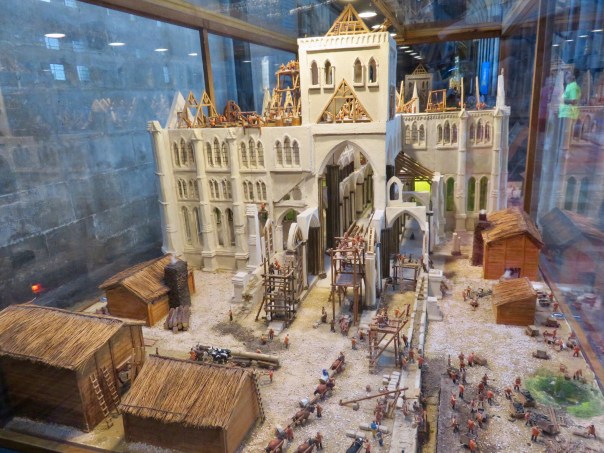
The world’s oldest working medieval clock, built in 1386. Can you tell what time it is? Me neither.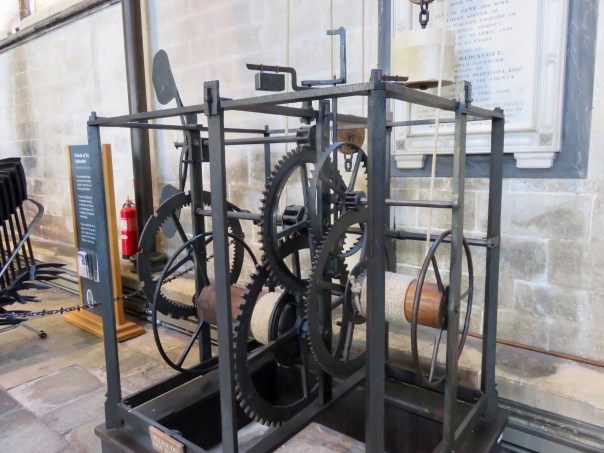
An absolutely gorgeous font, with fluttering doves overhead. The doves were being taken down for shipment to Grace Cathedral in San Francisco.
The Prisoners of Conscience window, added in 1980 as a reminder of all who suffer for their beliefs.
The 106 stall quire.
I like the little faces that seem to be a counterpoint to the somber statues.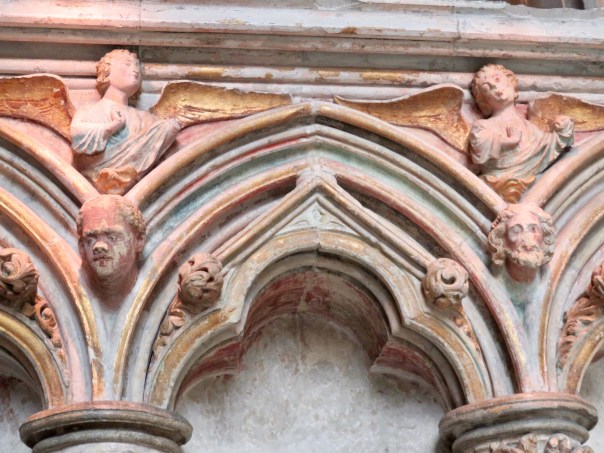

Lots of old dead white guys. The knight and his dog are from 1389. Only one wife that I could find.

Then we got to the Chapter House, which has housed one of the four remaining copies of the Magna Carta since 1215. It has never left Salisbury, and is in really remarkable condition. Written in Latin on treated lambskin, it was the first charter to decree that no one was above the law. King John was forced to issue it by his barons, who were unhappy with the way he was ruling England.
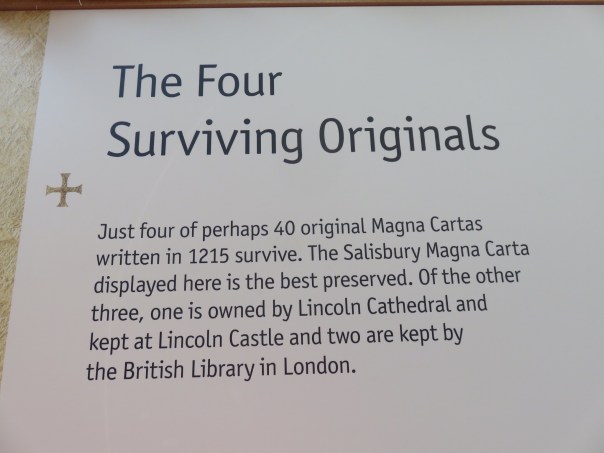
The actual parchment is kept in a darkened room, and you aren’t supposed to photograph it. You know I did anyway. The mark on the bottom is where the King’s wax seal was originally affixed.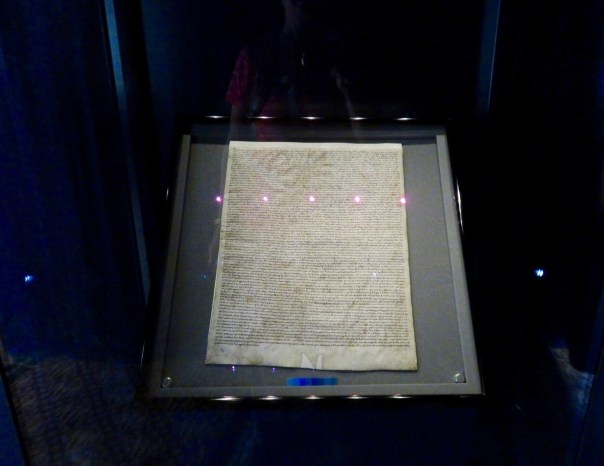
The Magna Carta was the first document to establish rights for women and children! Here are the clauses I found: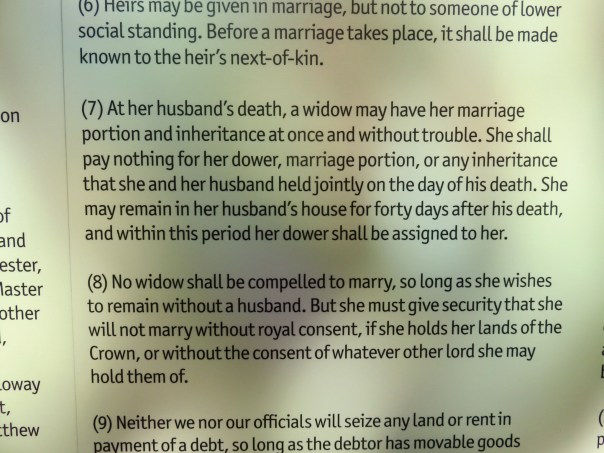

On our way back to our hotel, we stopped to enjoy a Peruvian flute player doing an awesome rendition of House of the Rising Sun.
 So! A successful trip! Unbelievably great weather, no injuries, lots of fish and chips eaten, and 400 miles walked. Back to Heathrow, then home to Virginia, where everything is air conditioned, the cars drive on the proper side of the road, and it is assumed that you want ketchup for your fries, not Brown Sauce. Until next time!
So! A successful trip! Unbelievably great weather, no injuries, lots of fish and chips eaten, and 400 miles walked. Back to Heathrow, then home to Virginia, where everything is air conditioned, the cars drive on the proper side of the road, and it is assumed that you want ketchup for your fries, not Brown Sauce. Until next time!








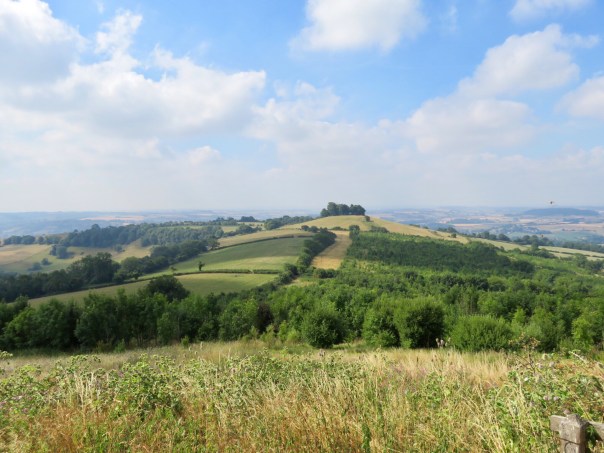
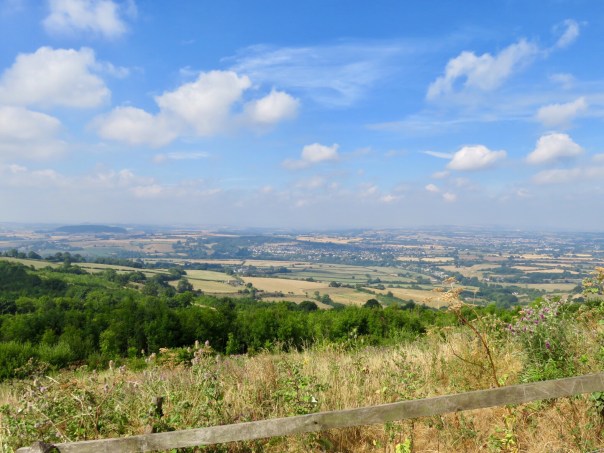
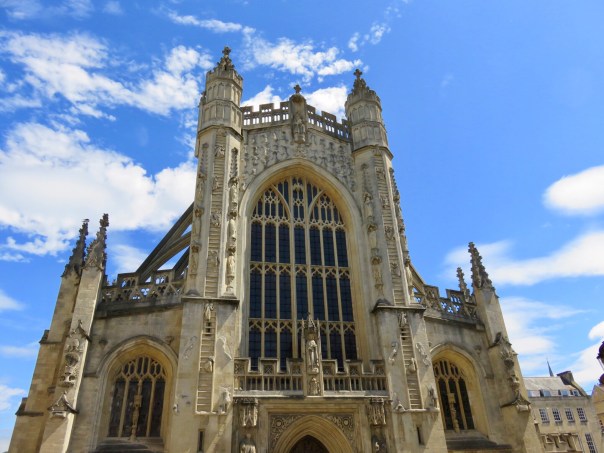

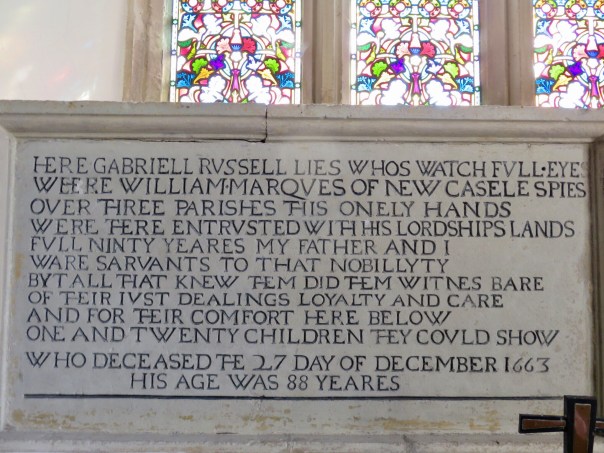

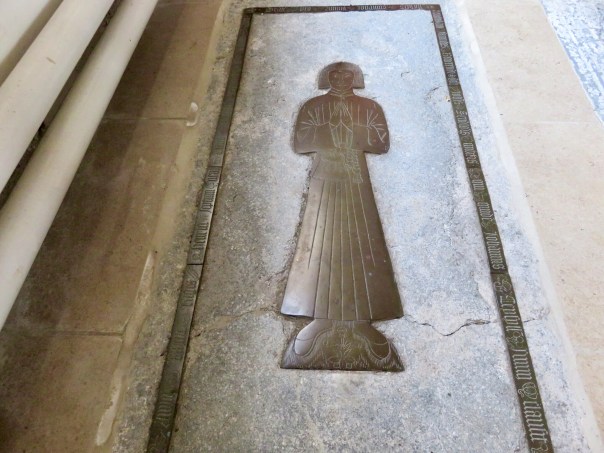

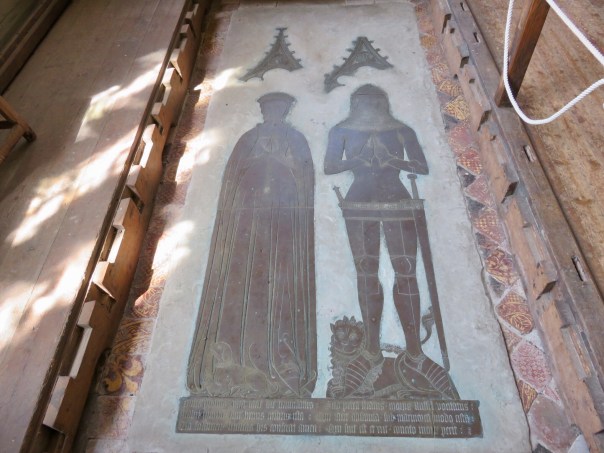
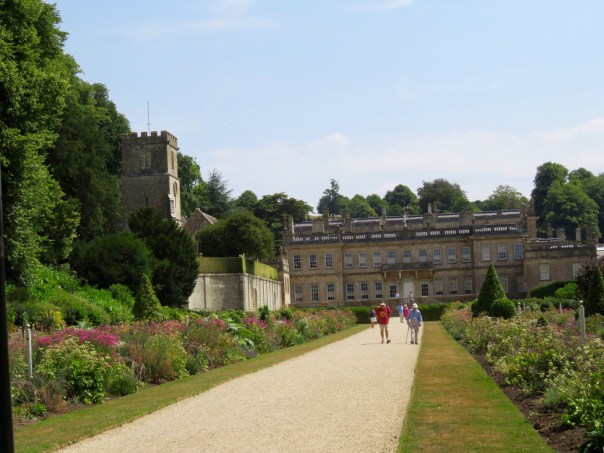

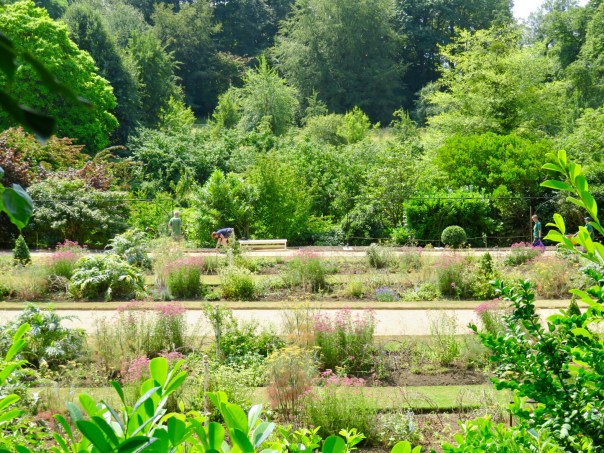

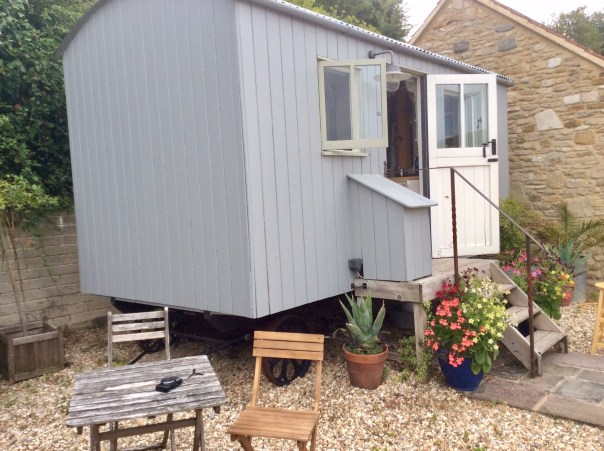
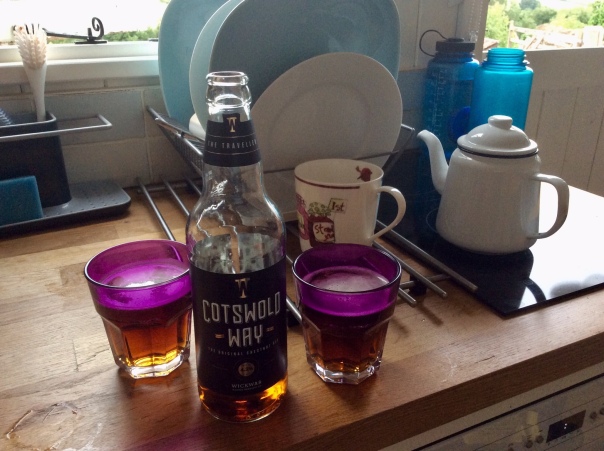


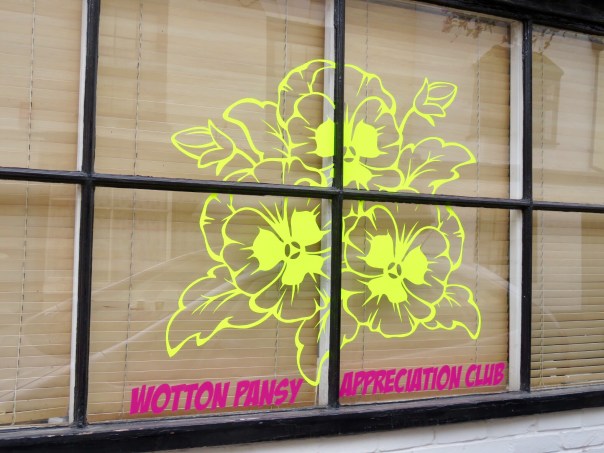
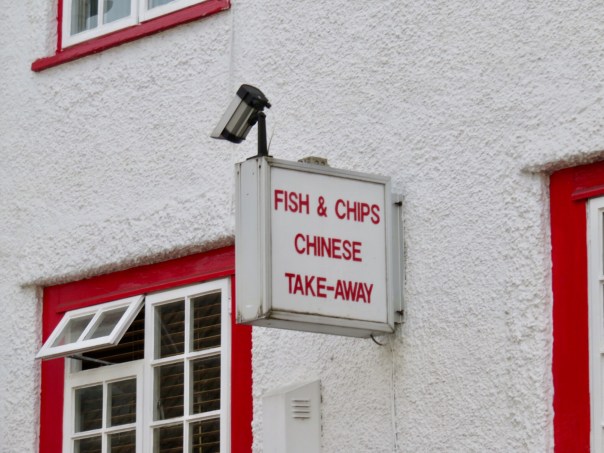
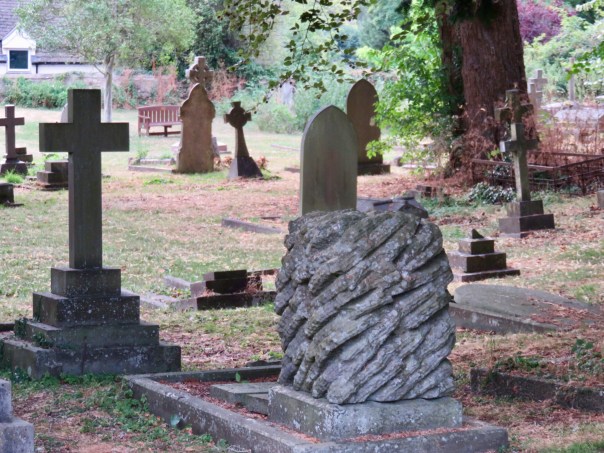

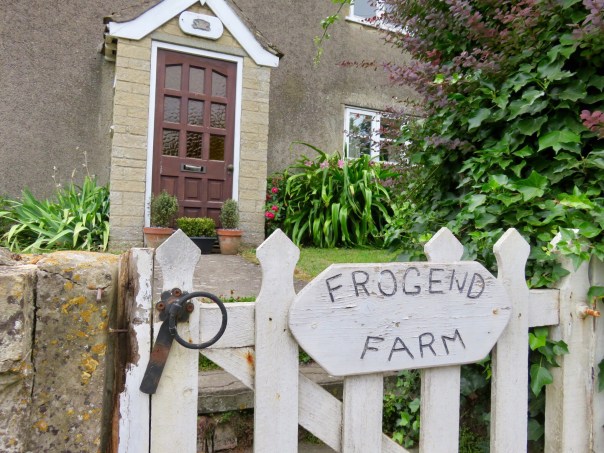
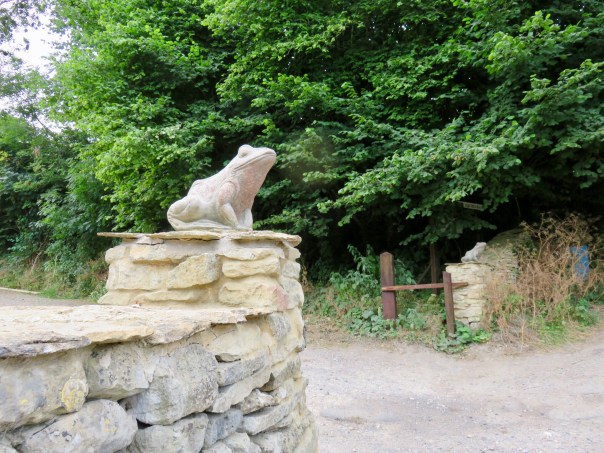



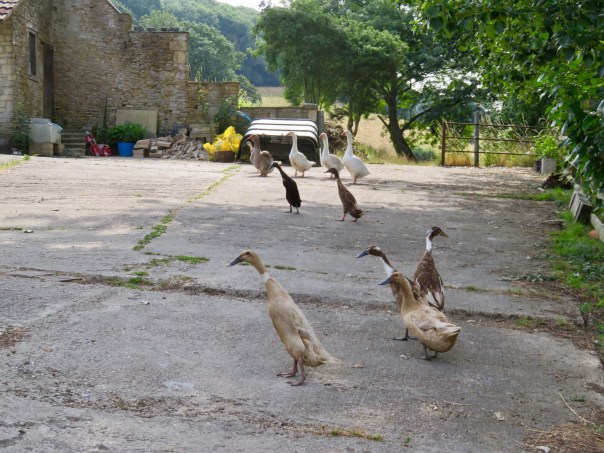



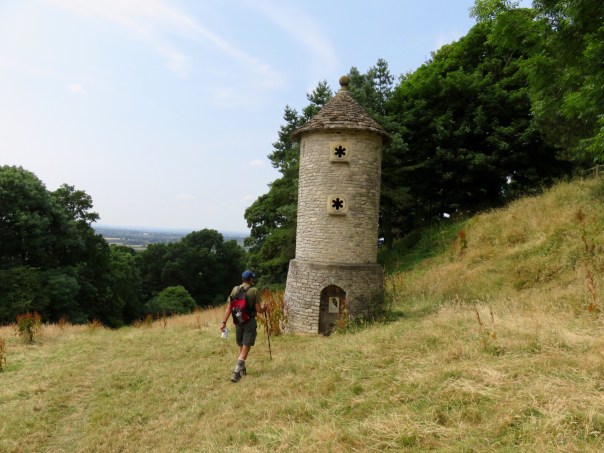

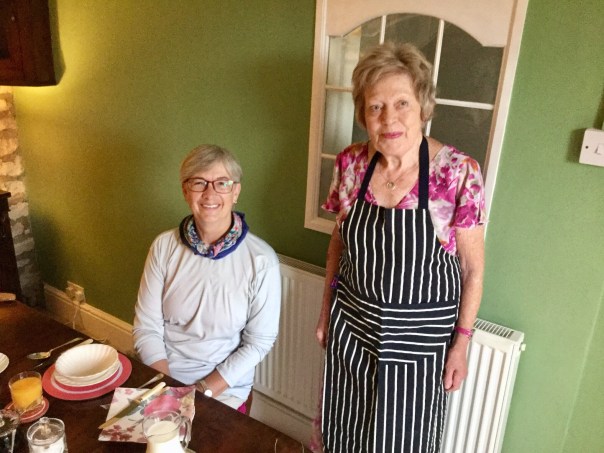
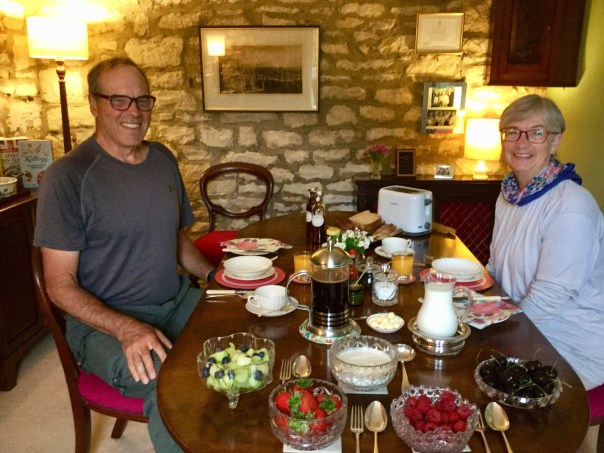


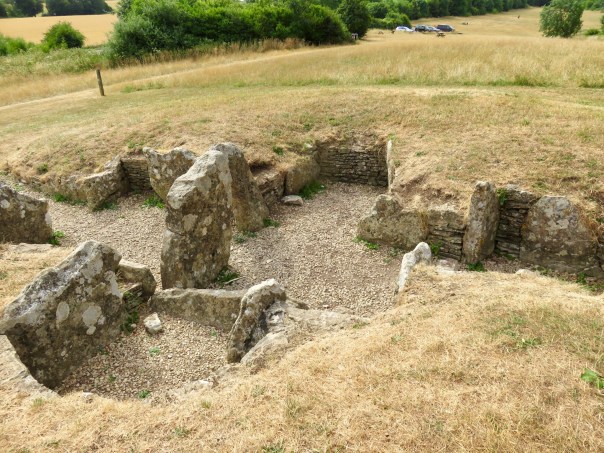
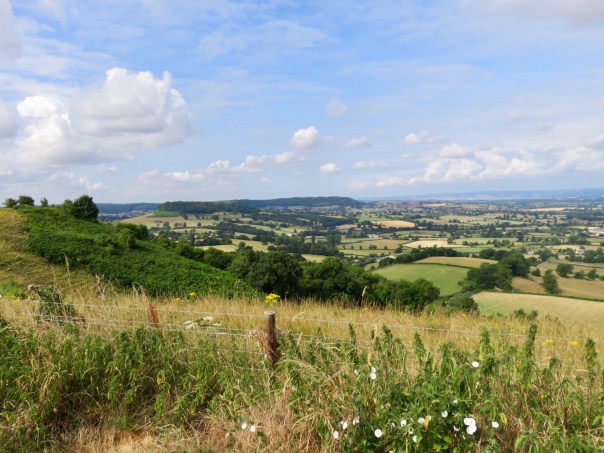


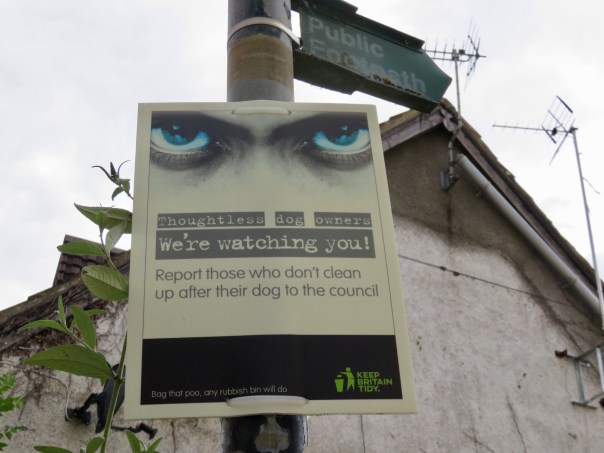

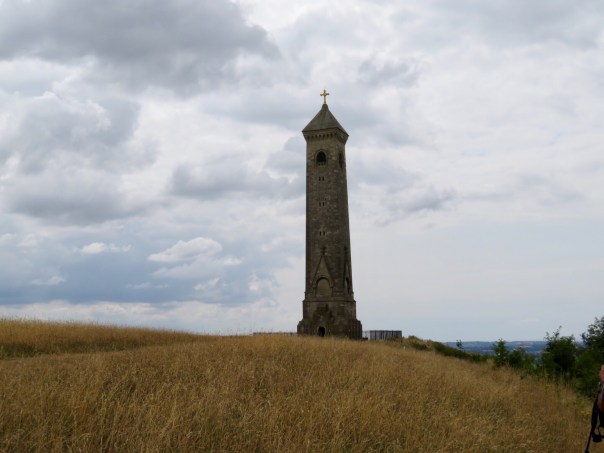
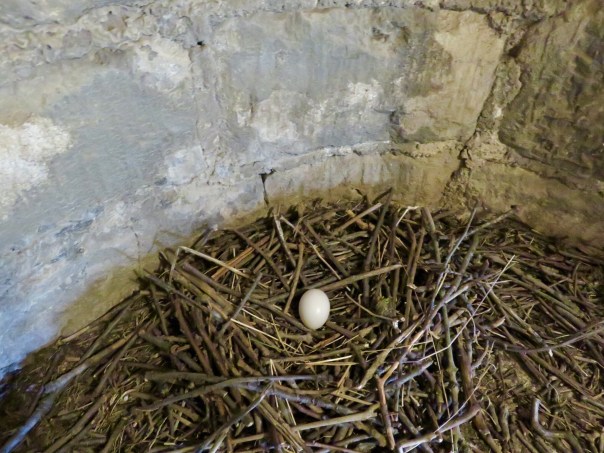




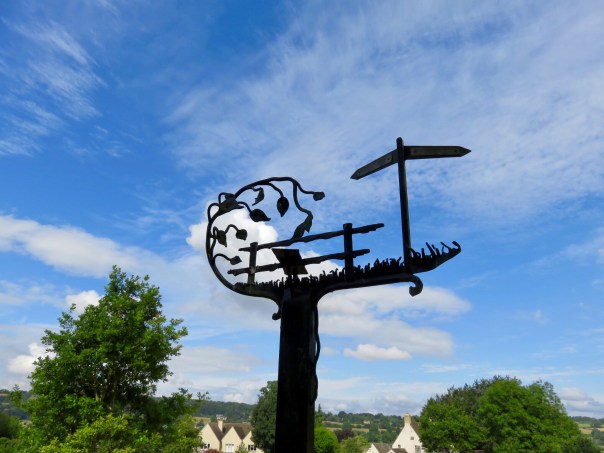
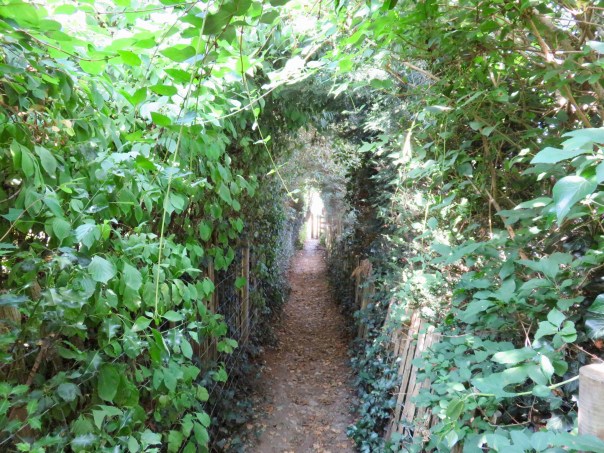

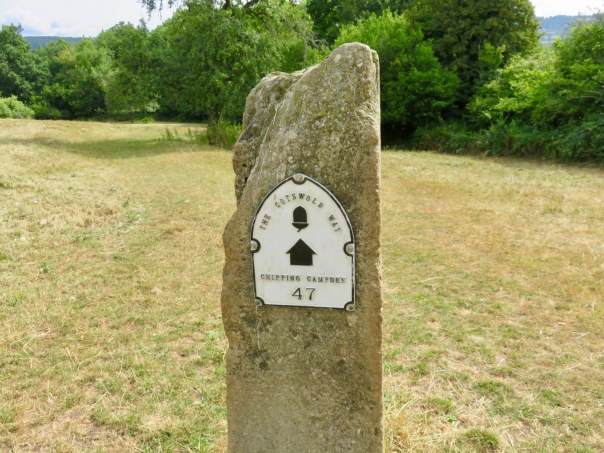

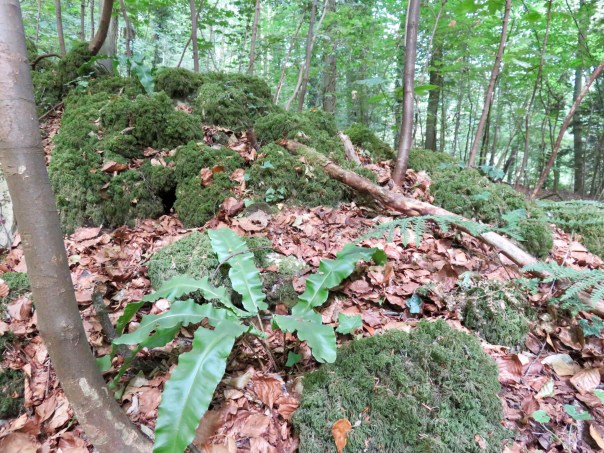


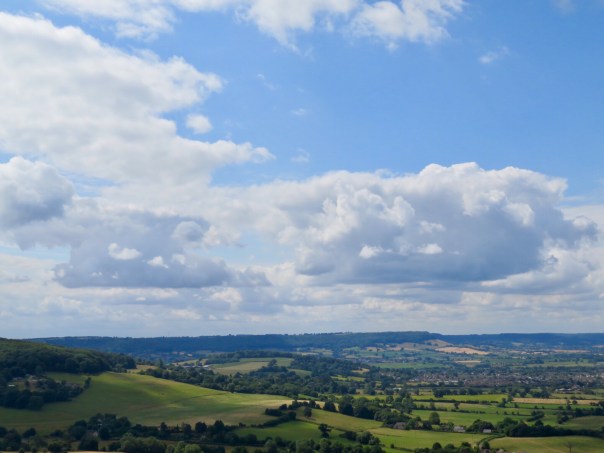
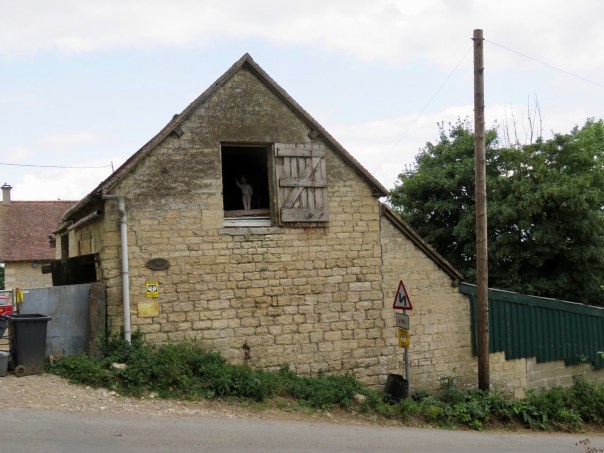
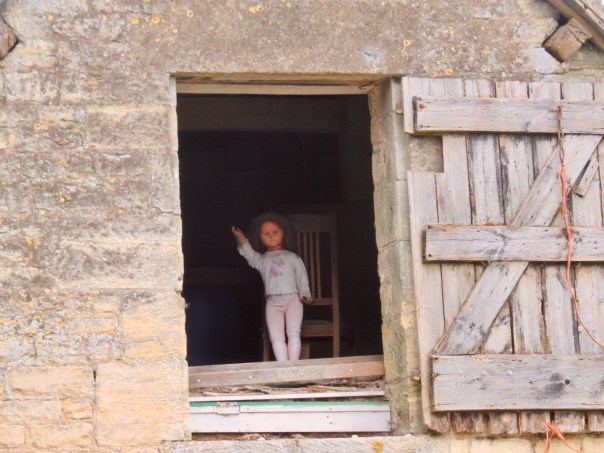
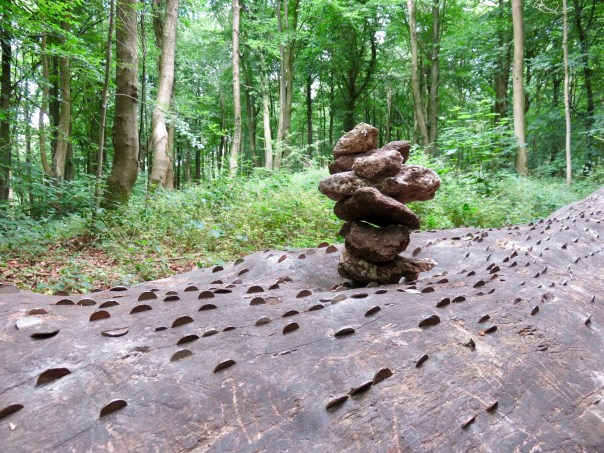


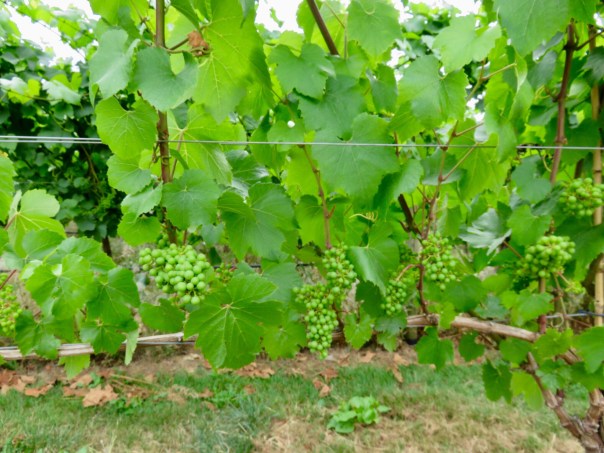
 Tonight we are staying at Grey Cottage. More about this tomorrow!
Tonight we are staying at Grey Cottage. More about this tomorrow!
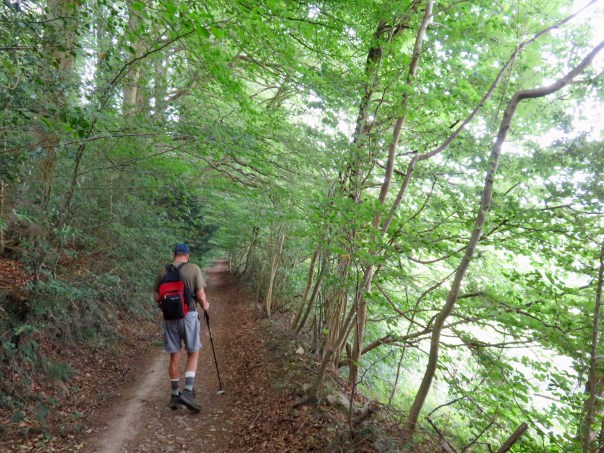


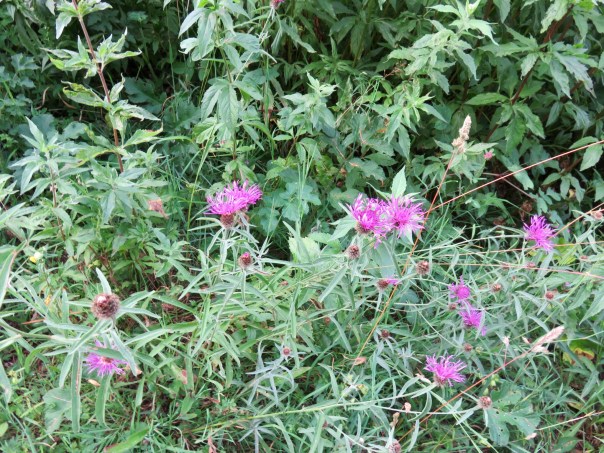

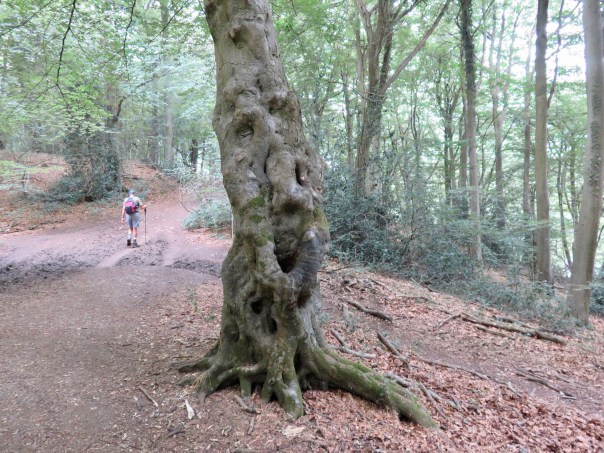
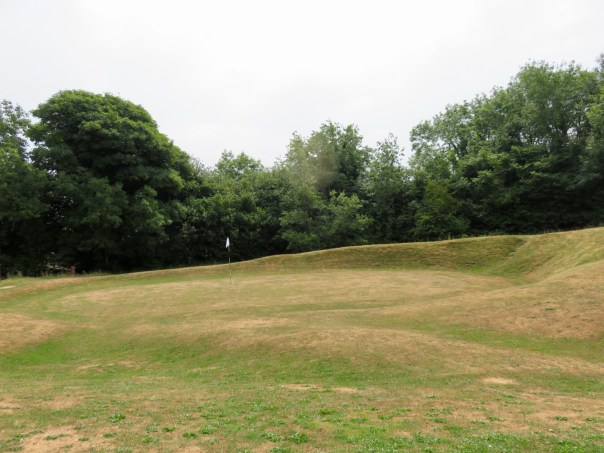

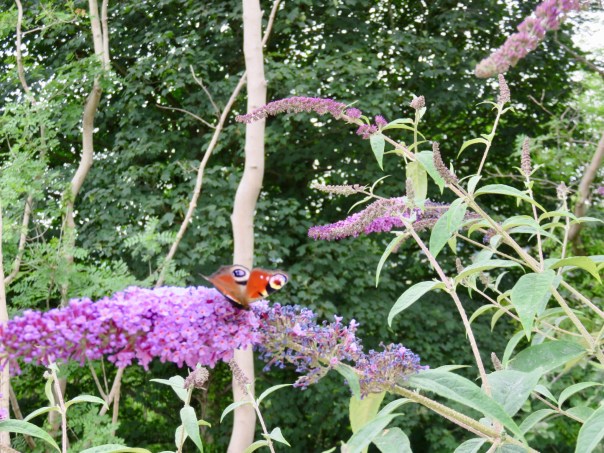
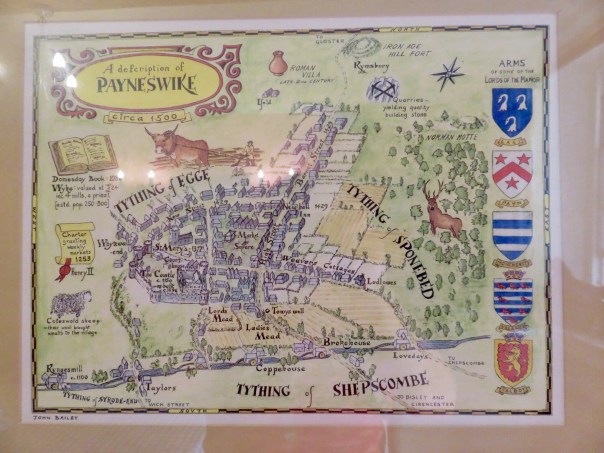
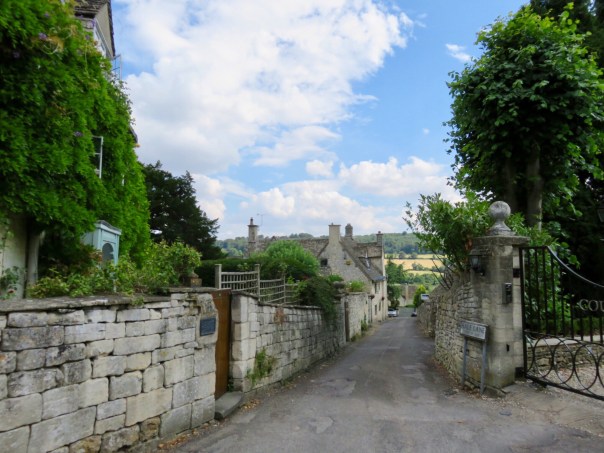 Walking into town, we came upon the Painswick Rococo Garden; a re-creation of a garden that occupied this very site in the 1740s. Built on six acres, the garden was a place to invite guests to schmooze and canoodle, with little cottages and secluded arbors.
Walking into town, we came upon the Painswick Rococo Garden; a re-creation of a garden that occupied this very site in the 1740s. Built on six acres, the garden was a place to invite guests to schmooze and canoodle, with little cottages and secluded arbors.

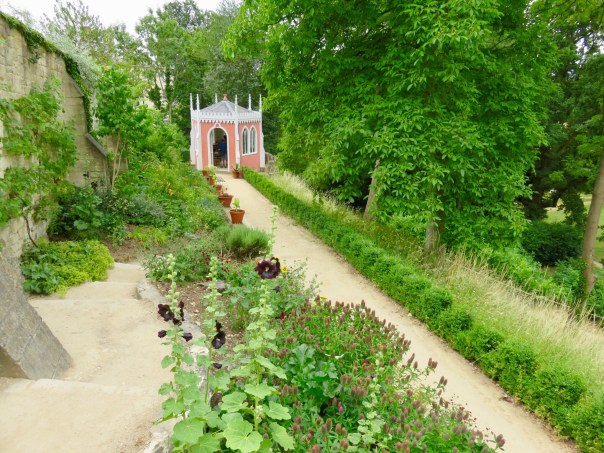



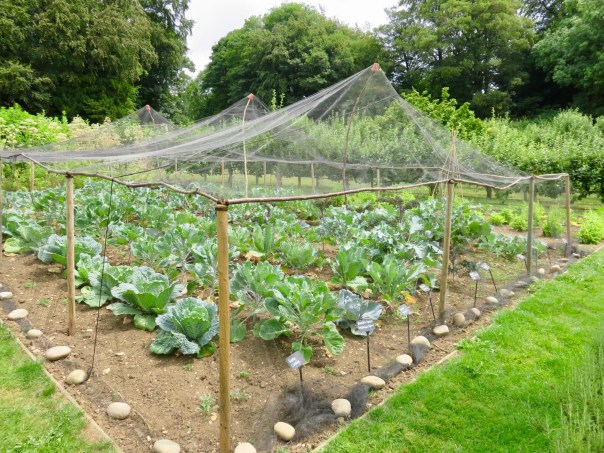


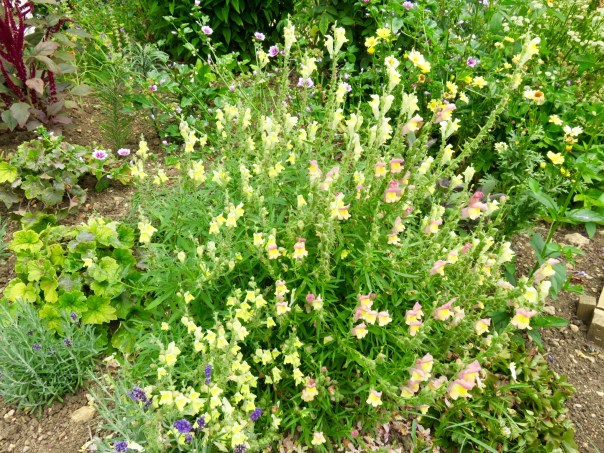

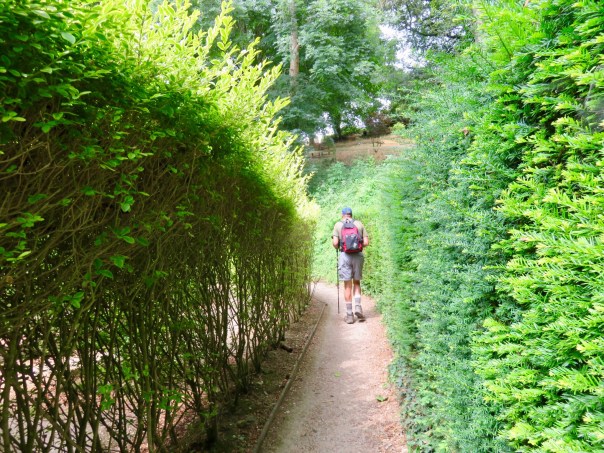

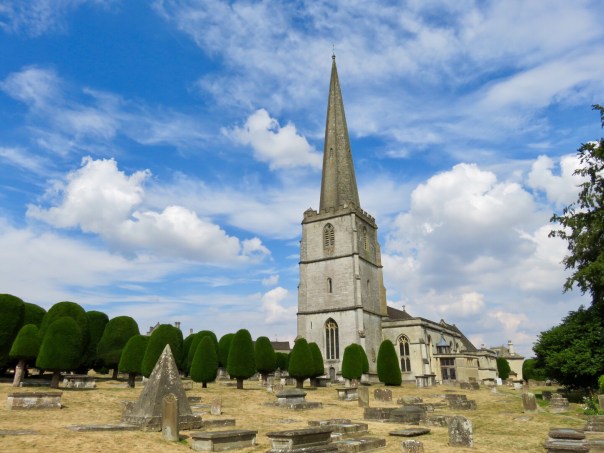




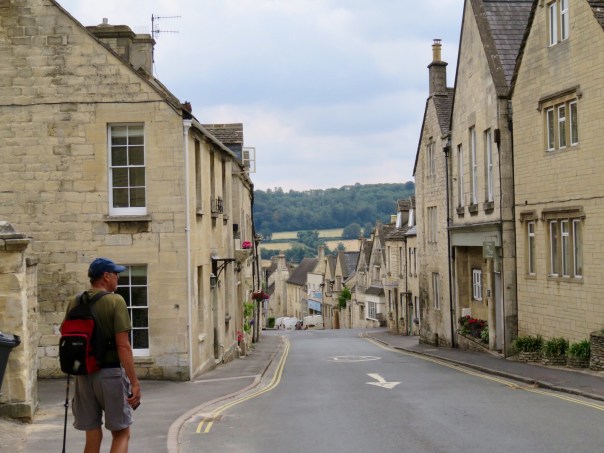



 Surreal walking experience amidst the mist. Here is a scenic hilltop view. Ah, let’s sit here and admire the… fog.
Surreal walking experience amidst the mist. Here is a scenic hilltop view. Ah, let’s sit here and admire the… fog.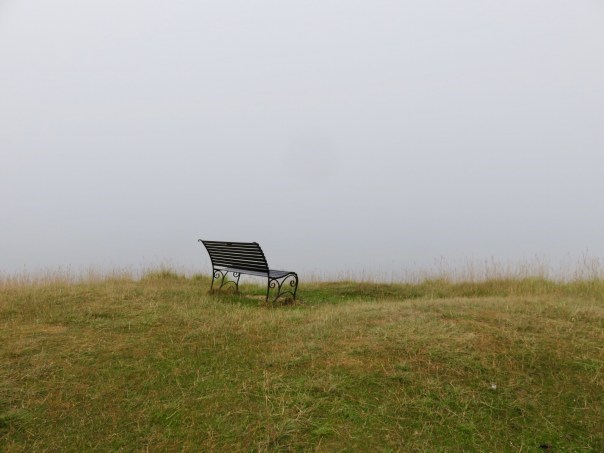
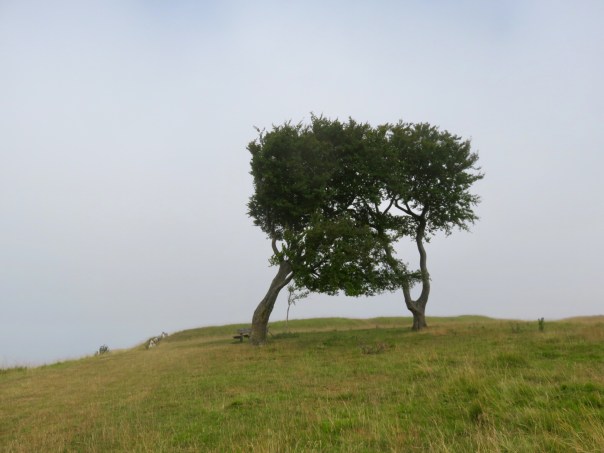

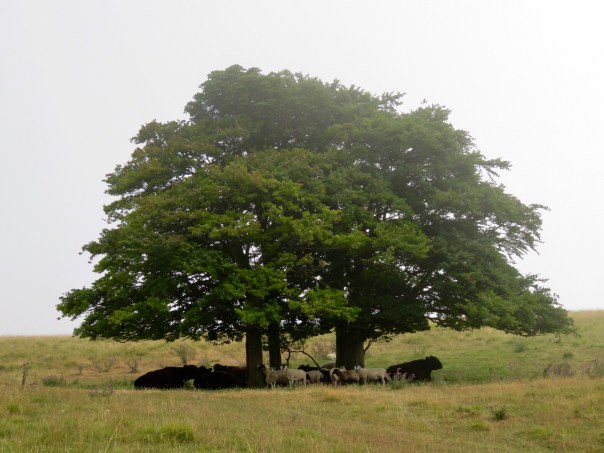

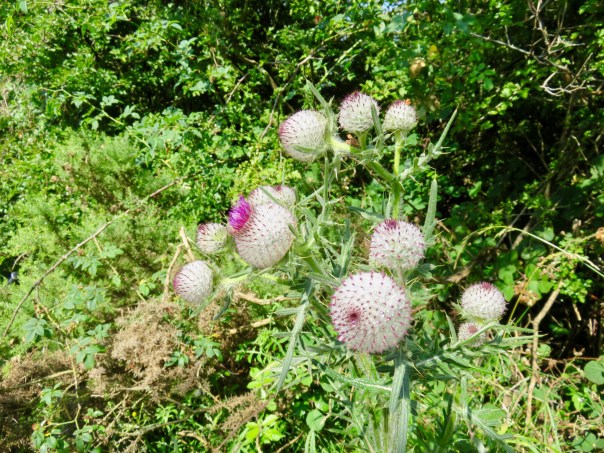
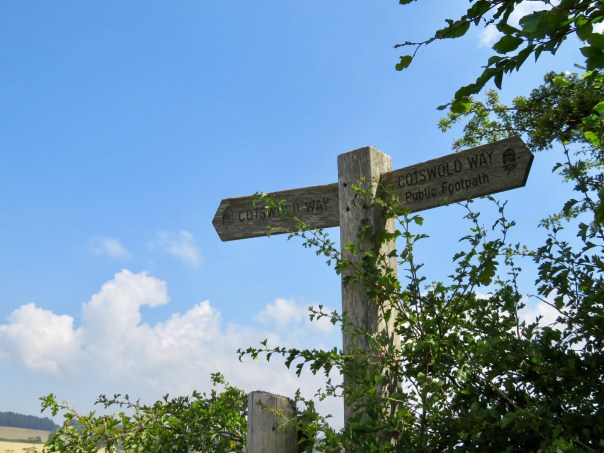
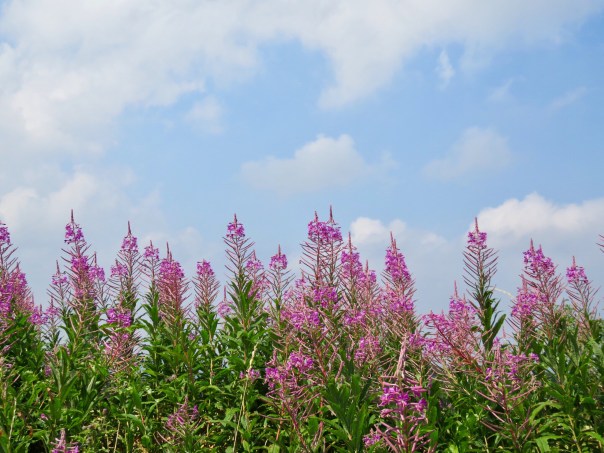
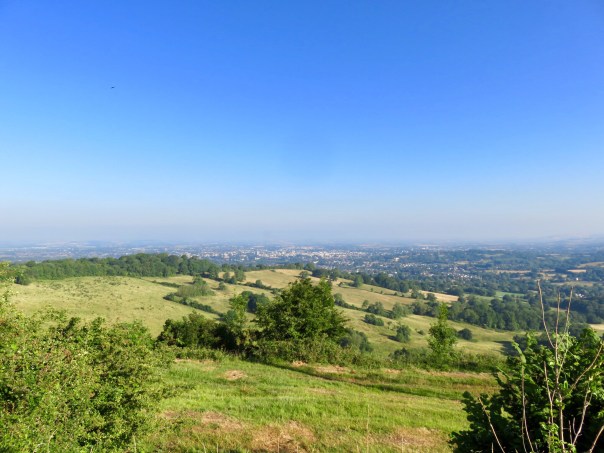
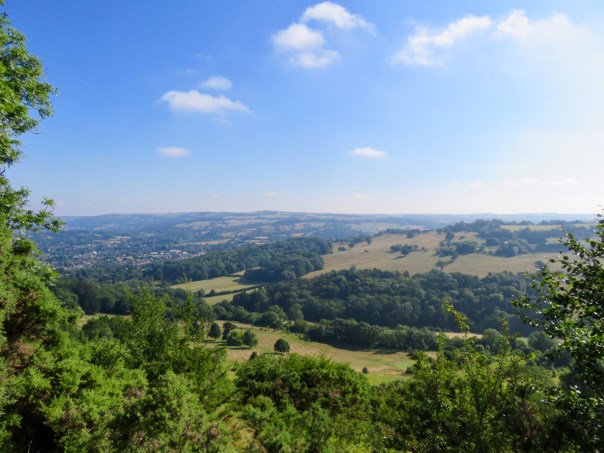
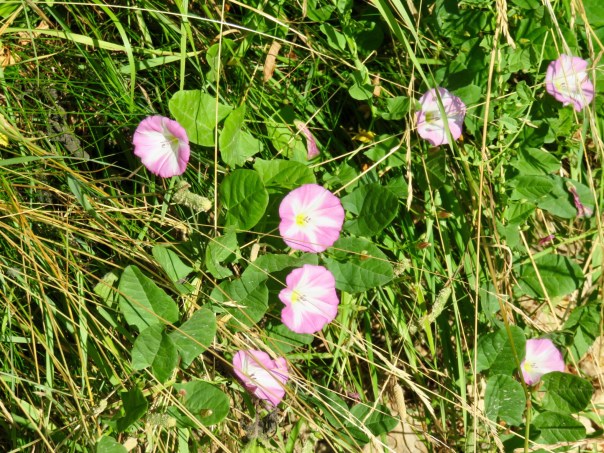
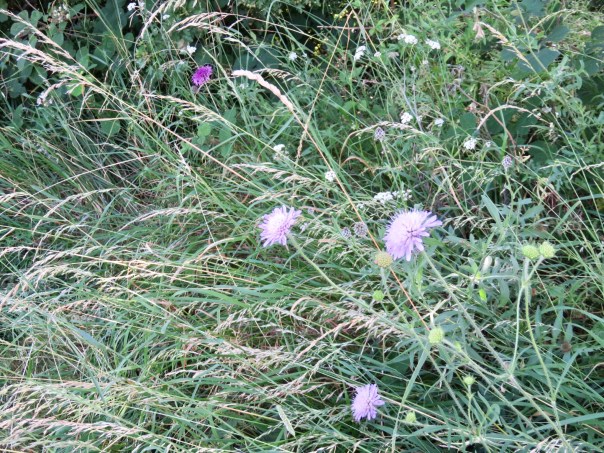


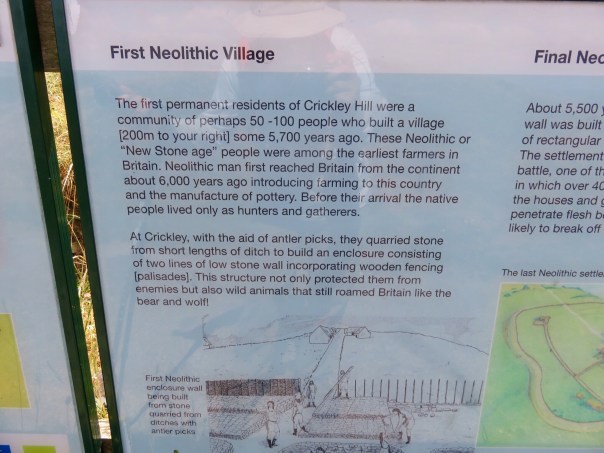


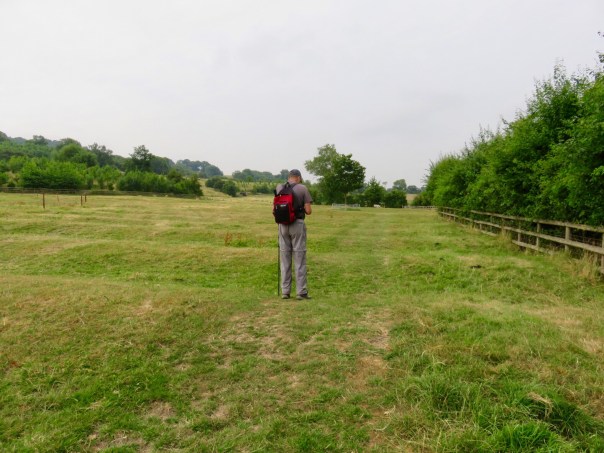
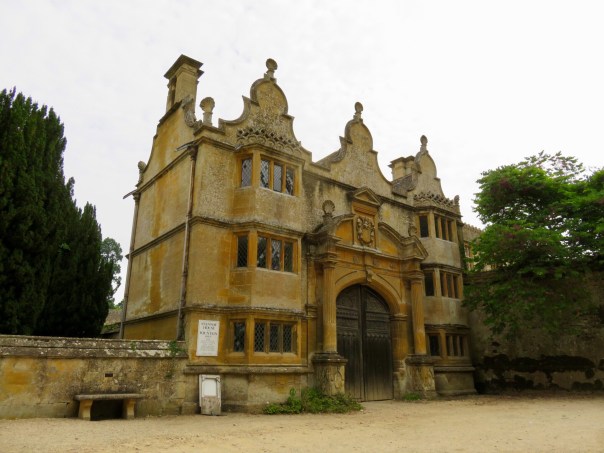




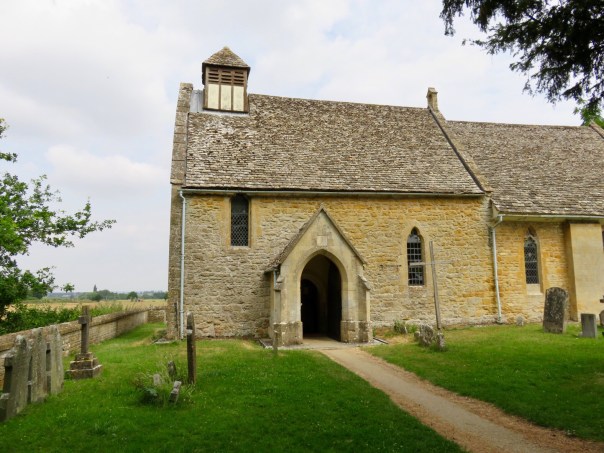 A gryphon and a basilisk, amid heraldic designs, and some elephant-like creature with wings.
A gryphon and a basilisk, amid heraldic designs, and some elephant-like creature with wings.
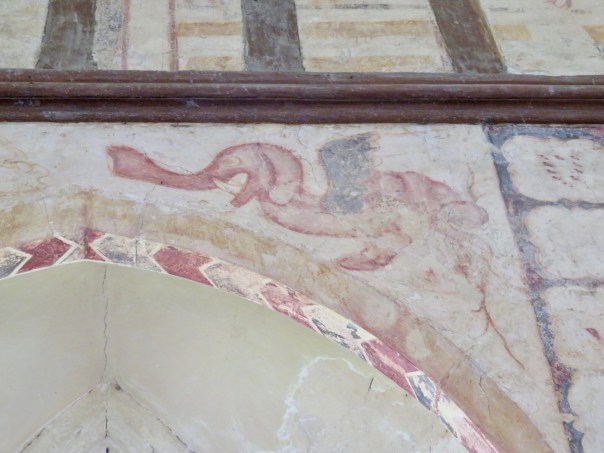

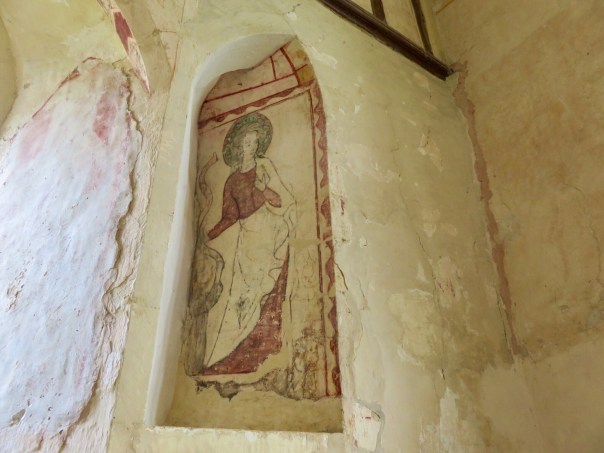

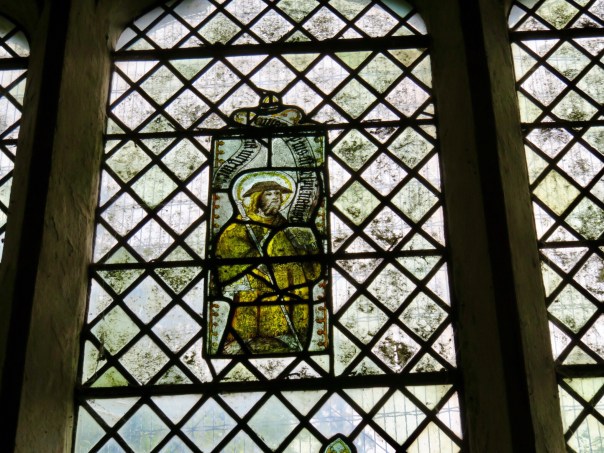
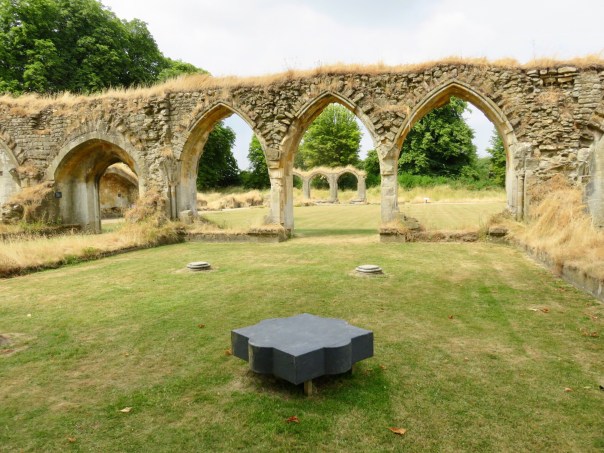












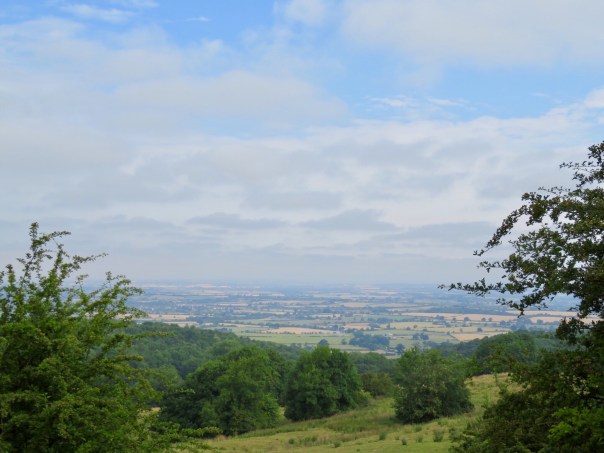





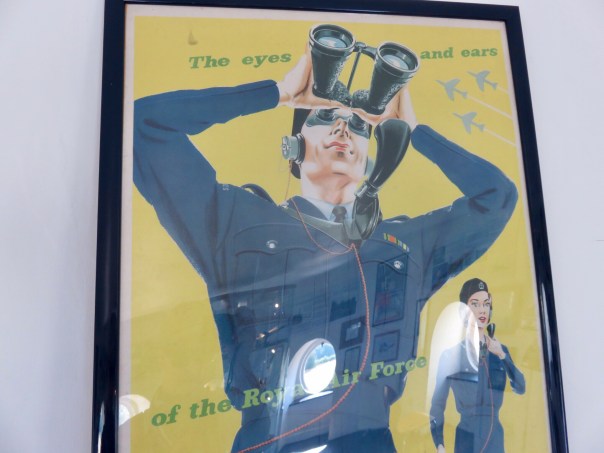
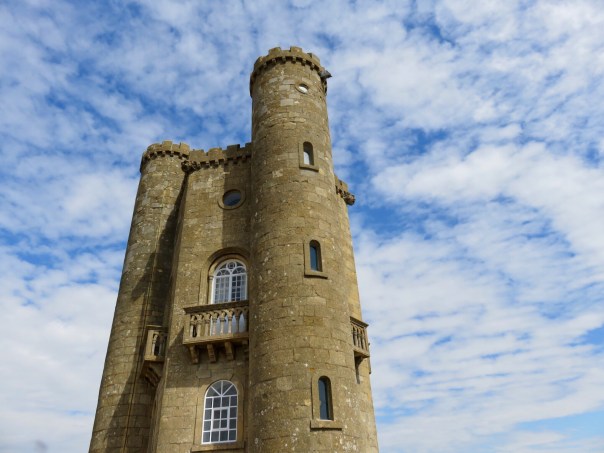



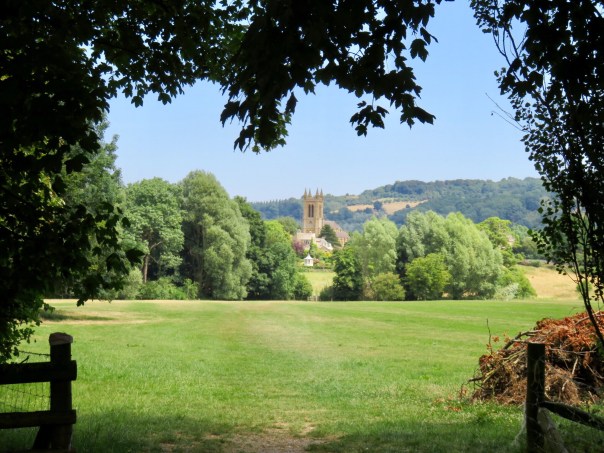

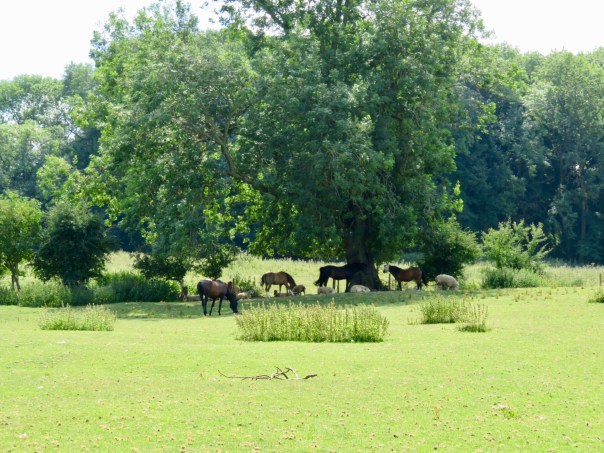
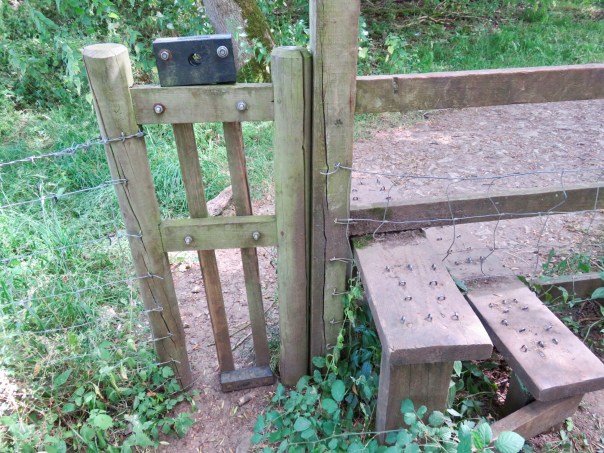
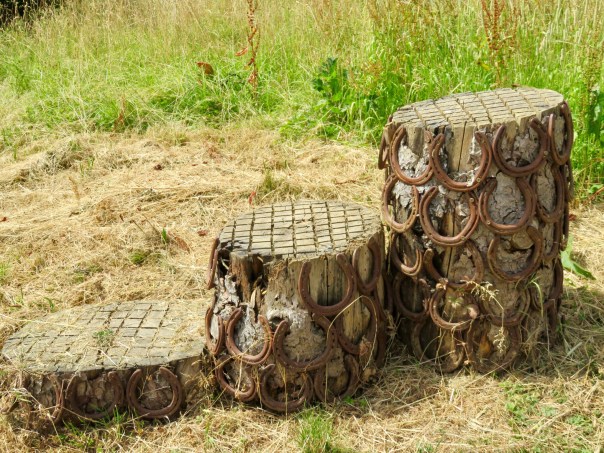

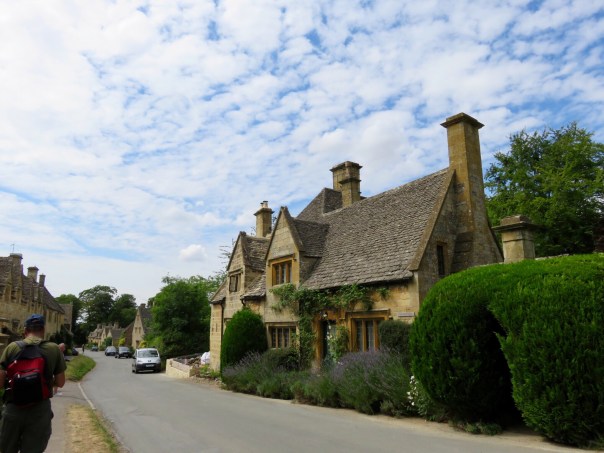
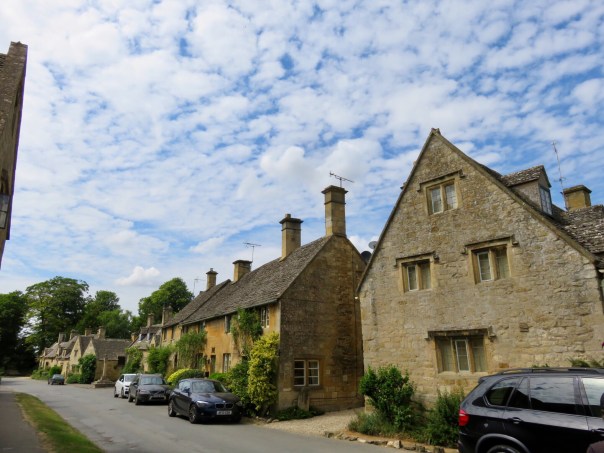
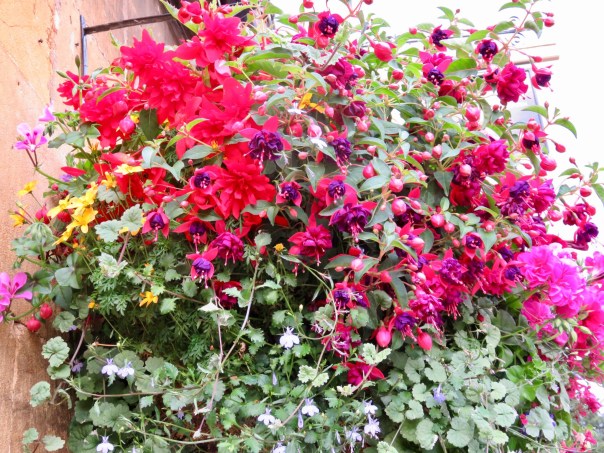 There is a very old church here, also called St. Michaels. It has the remains of medieval frescoes on the walls.
There is a very old church here, also called St. Michaels. It has the remains of medieval frescoes on the walls.
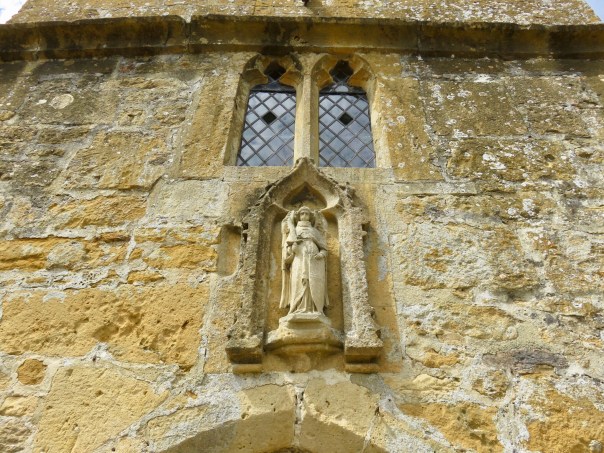

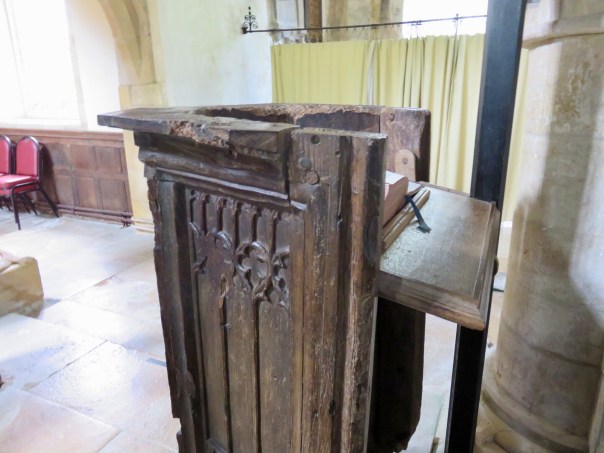
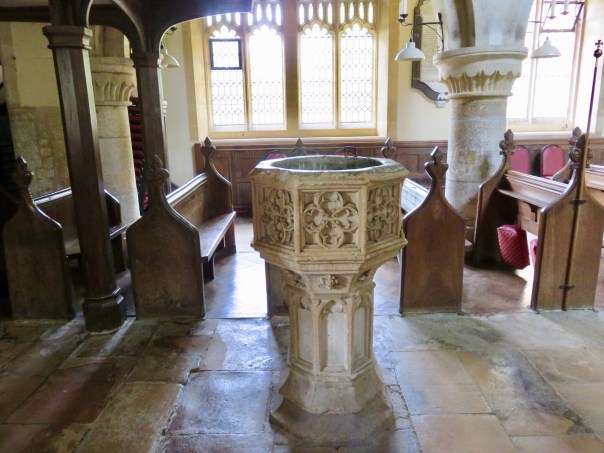

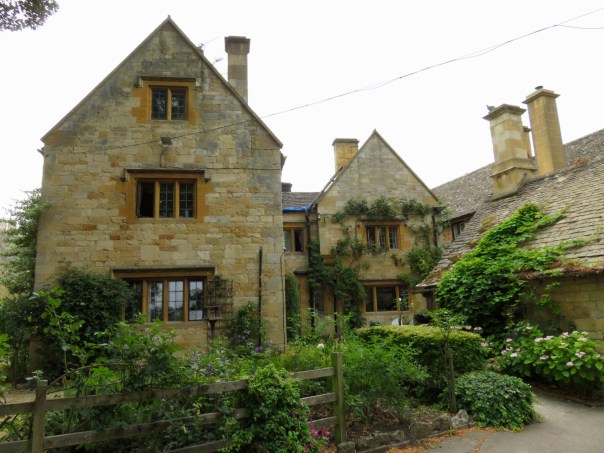 We are told our room is in the attic. We climb up very steep winding stairs with no bannister, our packs bumping at every turn. We open the door at the top of the steps to find ourselves in…
We are told our room is in the attic. We climb up very steep winding stairs with no bannister, our packs bumping at every turn. We open the door at the top of the steps to find ourselves in…